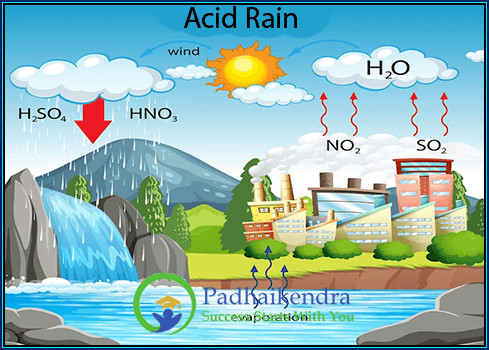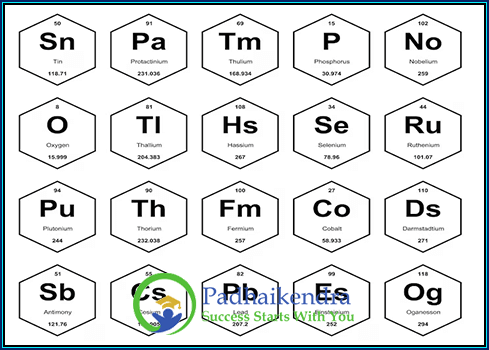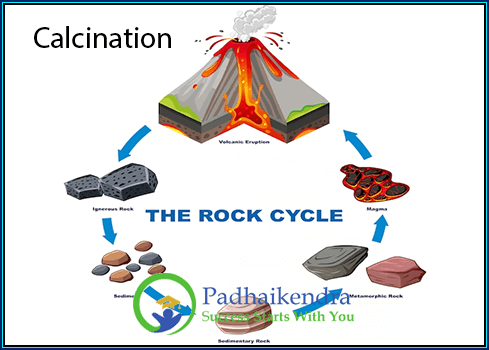Bauxite is a sedimentary rock that is the main source of aluminum metal. It is formed through the weathering of aluminum-rich rocks, such as granite and basalt. Bauxite typically contains 40-60% aluminum oxide (alumina), along with other minerals, such as silica, iron oxide, and titanium oxide.
Bauxite is the primary raw material used in the production of aluminum metal. The process of extracting aluminum from bauxite involves a series of chemical and physical processes, including refining, smelting, and casting.
The largest reserves of bauxite are found in the tropical and sub-tropical regions of the world, including Australia, Guinea, Brazil, Jamaica, and India. In India, major bauxite deposits are found in the states of Odisha, Andhra Pradesh, Gujarat, and Jharkhand.
Mining and processing of bauxite can have significant environmental impacts, including habitat destruction, soil erosion, water pollution, and the release of greenhouse gases. To minimize these impacts, mining companies often implement mitigation measures, such as reclamation and remediation programs, to restore disturbed areas and protect sensitive habitats. Additionally, some companies may use technologies such as automation, renewable energy, and water conservation measures to reduce their environmental footprint.
Overall, bauxite plays a crucial role in the production of aluminum, which is used in a wide range of industries, including construction, transportation, and packaging.
Bauxite FAQs
Bauxite is a naturally occurring sedimentary rock composed mainly of aluminum hydroxide minerals, such as gibbsite, boehmite, and diaspore, along with varying amounts of iron oxides, clay, and other impurities. It is the primary source of aluminum and is widely used in the production of aluminum products.
Bauxite deposits are found in several parts of the world, predominantly in tropical and subtropical regions. Major bauxite-producing countries include Australia, Guinea, Brazil, China, and India. The specific geologic conditions required for bauxite formation include a suitable climate, parent rock, and the presence of specific minerals and hydrological processes.
Bauxite is formed through weathering and chemical alteration of aluminum-rich rocks under tropical or subtropical conditions. Over millions of years, the weathering process leaches out soluble components, leaving behind a residue enriched in aluminum hydroxide minerals. The accumulation of this residue, combined with the consolidation of clay and other impurities, forms bauxite deposits.
The primary use of bauxite is in the production of aluminum. Bauxite is refined through the Bayer process to extract alumina (aluminum oxide), which is further processed to obtain pure aluminum. Aluminum, derived from bauxite, is widely used in various industries, including transportation, construction, packaging, electrical, and consumer goods.
Bauxite mining can have environmental impacts, particularly during the extraction and processing stages. Deforestation, habitat destruction, soil erosion, and water pollution are some concerns associated with mining operations. However, responsible mining practices, environmental regulations, and reclamation efforts can help mitigate these impacts and promote sustainable bauxite mining.
Yes, there are different types of bauxite based on their mineral composition and characteristics. The main types include trihydrate bauxite (containing primarily gibbsite), monohydrate bauxite (with significant boehmite content), and diaspore bauxite. These types can exhibit variations in their physical properties and suitability for different extraction and processing methods.
While the United States has limited bauxite resources, commercial-scale bauxite mining is not currently practiced in the country. The U.S. relies primarily on imported bauxite and alumina to meet its aluminum production needs.
Currently, bauxite is the main source of aluminum due to its abundance and aluminum content. However, researchers are exploring alternative sources such as clay minerals and other aluminous materials for potential aluminum extraction. These alternative sources may offer advantages in terms of availability and environmental impact, but further research and development are needed to determine their viability on a large scale.





